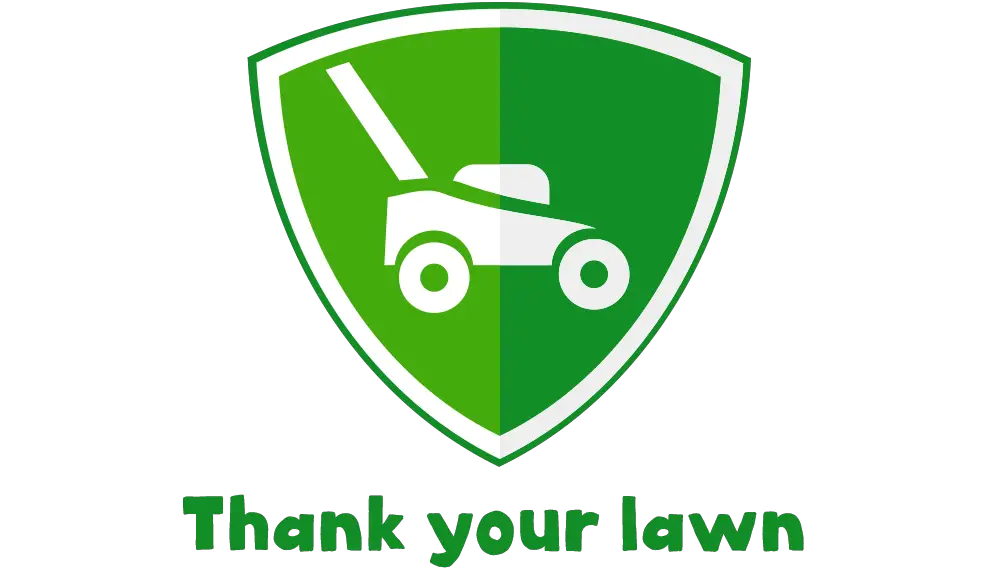Plants are made up of 90% water, but how much water should you use per gallon of soil?
That’s one of the questions most people struggle with. Underwatering your plants could stunt growth, and excessive watering could result in fertilizer leaching and destroying your plants. You need to maintain the right water supply, but this is dependent on other factors.
Read on to learn more about the amount of water needed per gallon of soil and how to get the measurements right.
How Much Water Per Gallon of Soil?
Getting the measurements right on the amount of water needed per gallon of soil will make your watering easier. Typically, you need 5-10% water of the soil volume. That means you’ll need to multiply the volume of the soil by 5% or 10%.
For example, if you have 10 gallons of soil, you’ll need half a gallon of water, and if you have 30 gallons of soil, you’ll need 1 ½ gallons of water.
It’s essential to note that the above amounts will also depend on the container size, speed of growth, plant size, and vapor pressure deficit.
When determining the amount of watering needed, you need to operate in the middle, which means less water, but introducing it more frequently.
How Much Water Do Your Plants Need?
Unfortunately, there isn’t a set amount of water that your plants need. Other factors determine the amount required. These factors are:
Stage of Growth
Plants have different watering demands. For example, seedlings will need less water compared to more mature plants. It’s recommended to water once every two days depending on how fast the soil dries.
Soil Drainage
The amount of water held in the soil is another essential factor that determines the amount of water needed and the frequency of watering. You’ll notice that compact soil tends to hold moisture for long, while sandy soil has low water retention and will need more water.
If you have soil that holds water for long, you need to water less as the extra moisture can lead to nutrient deficiencies, root rot, and other issues.
You can check if the water is draining properly by observing how the soil behaves. If you notice that the soil takes more than three days to dry out, that could indicate a drainage problem. In such a case, you may need to add something that will improve the air circulation of your soil and improve drainage.
Container Size
The size of your container will dictate moisture retention and drainage. Growing a small plant in a big pot and drenching it with water can kill the plant. Also, growing a huge rooted plant in a small container will create other issues like lack of enough space or water.
Signs That Your Plants Need Water
Some of the signs that your plants are thirsty and need water include:
Drooping, Wilting, and Weak Plants
Underwatered plants look lifeless and you’ll notice that the leaves appear wilted and will droop over time. Be sure not to confuse this with plants that droop because of overwatering. Plants that are overwatered still have a bright green color and the leaves bend downwards. However, an underwatered plant looks dead and sickly.
Brown or Yellow Leaves
Your plant will appear discolored if it’s underwatered. There’s a pale yellow or brown shade on the plants. Although blooming plants will start having yellow leaves, which is a natural and normal process, having yellow foliage that is dry indicates a watering issue.
Dry Soil
One of the simplest ways to determine if you have a watering issue is to check your soil. If you have dry upper soil with no sign of wetness, that indicates dry soil that needs watering.
Signs That You Could be Overwatering the Plants
Although underwatering can be harmful to your plants, it’s easier for your plants to recover from it. However, overwatering can have a worse effect as it weakens the entire plant and drowns the roots.
Some of the signs to watch out for include:
Wet Soil and Wilting Plants
With overwatering, you’ll find wet soil and wilting plants. The plants will appear bent or curled and have an all-green color.
Root Rot
The roots find it difficult to breathe when you overwater your plants. That means there will be no intake of water, oxygen, or nutrients required for the plant to thrive. You’ll also notice that any new growth falls from the plant and the leaves turn yellow.
Conclusion
The best time to water your plant is when you notice that the first inch of the soil is dry. Although watering plants every day may not be a bad idea, you need to determine the best frequency based on the age of the plant, container size, and the drainage of the soil.
Hopefully, you need to understand how much water per gallon of soil is required. Understanding the above will help you grow healthy and thriving plants.
